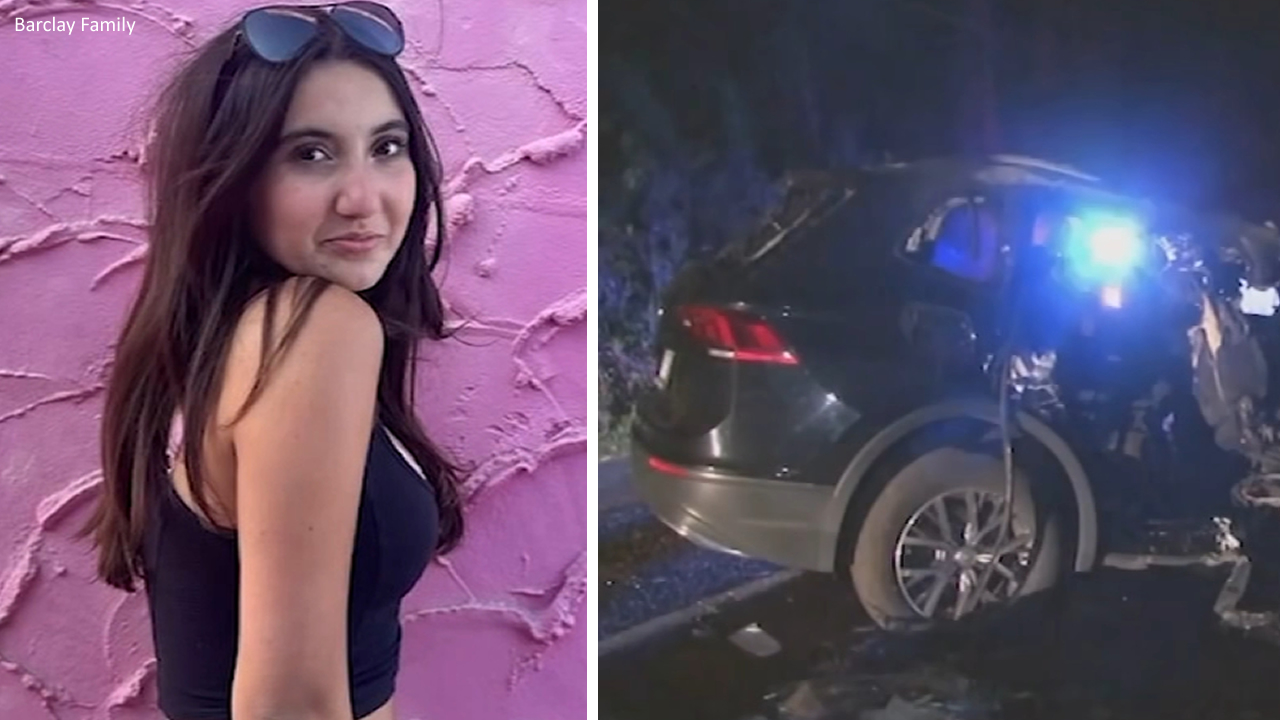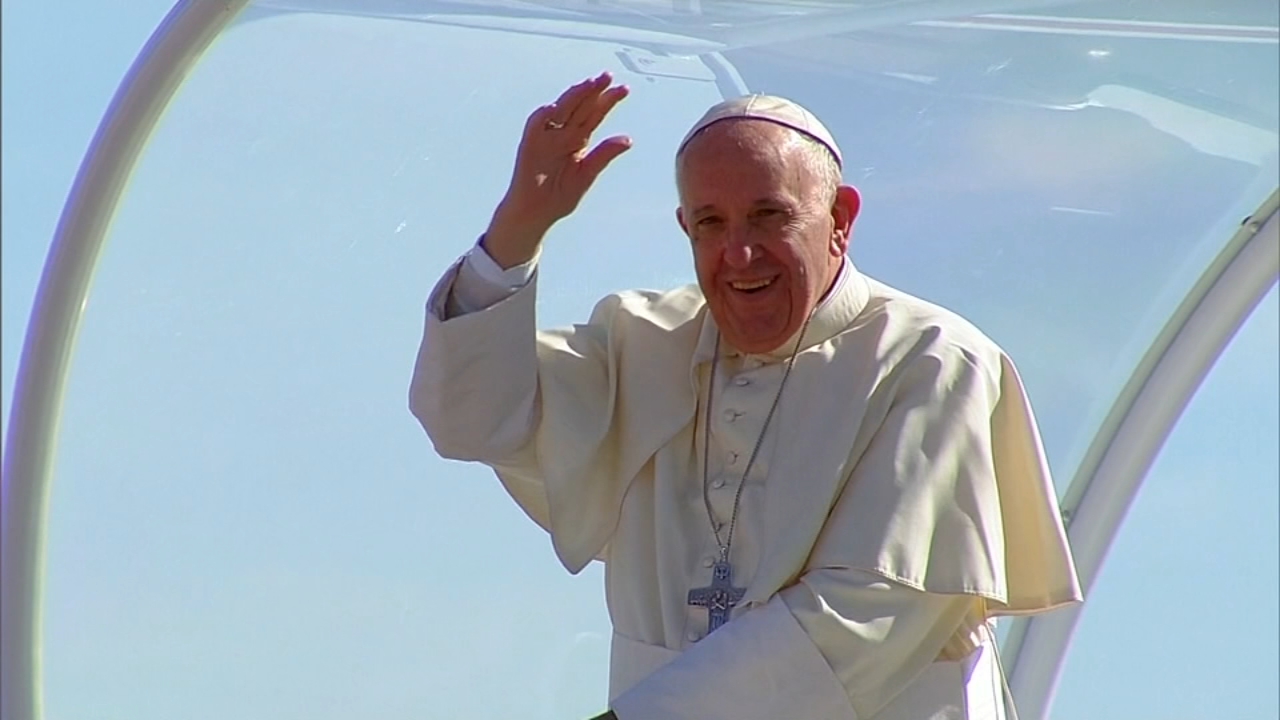How Jonathan Kuminga formed a bond with Draymond Green: 'You have to show him that you're ready'

DRAYMOND GREENSTAYED away from the Golden State Warriors facility following his second suspension of this season, spending time in his Los Angeles home while he participated in counseling sessions and virtual meetings to fulfill his reinstatement obligations.
Green missed 16 games after he struck Phoenix Suns center Jusuf Nurkic in the face in a Dec. 13 loss. During his nearly four weeks away, he remained in contact with teammates Stephen Curry and Chris Pauland Warriors coach Steve Kerr. Green received daily texts from his college coach, Michigan State's Tom Izzo.
But Green, 34, also found himself frequently communicating with teammate Jonathan Kuminga, the 21-year-old forward starting in his place. Green sent Kuminga messages after almost every game that he was away, filled with notes, video clips and voice memos about his performances.
"Him watching the games at home, it was him watching film, pretty much, and it actually helped me understand who I am," Kuminga told ESPN.
Those conversations between Green and Kuminga have proved invaluable for a team that will depend on the future Hall of Famer and the young forward during a postseason push, one that will likely begin in the Western Conference play-in tournament.
"I wanted to pick up everything he knows," Kuminga said. "With him, he won't just give [advice] up if you don't compete big-time."
Reaching that point in their communication has had some bumps. Kuminga's play coming off the bench early in the season was inconsistent, and Green's on-court antics didn't help.
When Green was first suspended five games for putting a chokehold on Minnesota Timberwolves center Rudy Gobert during a Nov. 14 defeat, Kuminga started in his place the next game, scoring what at that point was a season-high 21 points in a Nov. 16 loss to the Oklahoma City Thunder.
The move wouldn't last. Kuminga returned to a bench role for the next four contests as Warriors coach Steve Kerr opted to start Paul in three-guard lineups alongside Curry and Klay Thompson.
Green's subsequent suspension for striking Nurkic just six games after his return from the Gobert incident proved to be a turning point for the 6-foot-7 Kuminga, who has since solidified a spot in the starting lineup by averaging 18.4 points during those 16 games without Green.
But the Warriors' defense ranked 28th in the league during that stretch. The team had a five-game winning streak in mid-December, only to drop seven of its next 10 games. Upon Green's return on Jan. 15 and with the team again below .500, Kerr had Green and Kuminga start alongside each other.
It has helped them develop an effective partnership on the court, with the team going 17-8 this season when both start. On the offensive side, Kuminga has shot 73% directly off passes from Green -- the second highest percentage between two teammates in the league.
They also have the best defensive efficiency of any two players in the Western Conference to play more than 500 minutes together, according to Second Spectrum.
The Warriors have not been above ninth place in the West standings since mid-November, and they are jockeying with the Los Angeles Lakers for the final two play-in spots. But with less than a month left before the postseason, the Warriors have begun to rely on the improving connection between Kuminga and Green.
"You have to show him that you're ready," Kuminga said of Green. "Your mentality has to be different."
KUMINGA'S RELATIONSHIP WITH Green began even before being selected by Golden State as the No. 7 pick in the 2021 draft.
"He is one of the reasons I even ended up here," Kuminga said. "Before they drafted me he called [former Warriors general manager] Bob [Myers] and told him to bring me here. I think that was one of the greatest things to have ever happened."
It was Green's former teammate, Jarrett Jack, who first told him to watch Kuminga. Jack played 13 NBA seasons, including the 2012-13 campaign with the Warriors, and mentored Green as a rookie. "That's my vet," Green told ESPN.
Jack finished his pro career in 2021 playing with Kuminga on the G League Ignite team. The biggest knock on Kuminga during the draft process was he needed more time to develop.
But it didn't matter to Green, who often sits in on the Warriors' draft meetings and prospects' workouts. He texted Myers and urged him to pick Kuminga.
"You knew the gift was there," Green said of Kuminga. "He would just need a few years. And for me, having Jarrett Jack telling me he's good, that means a lot."
But Kuminga didn't initially take to Green's form of mentorship -- at least not enough for the longtime vocal leader of the Warriors.
"You get to a place in your career where you've accomplished X, you've accomplished Y and Z," Green said, "so he should just listen to me. It's a slap in the face for me, not in a negative way, just like 'Wake up, you're not listening.'"
Last June, Green sat on his phone in Paris with team owner Joe Lacob on the other end. Green had just agreed to a new four-year deal, but Lacob had one more contingency that wouldn't show up in the paperwork.
"Joe said, 'I know you're going to play and lead and all of that, but I need one more thing,'" Green recalled. "He said 'I need you to take JK under your wing.
"I said, 'You got my word ...To me, that was a condition of the contract."
Warriors assistant coach Anthony Vereen has played a key role this season in helping Green better connect with Kuminga. Having worked with Kuminga since he was drafted, Vereen learned the best way to coach him was to build a foundation outside of the gym.
"The coaches I have respected more were because they taught me more about life than just basketball," Vereen told ESPN. "Once you can help anybody with problem-solving and how to handle adversity, the Xs and Os of basketball are easy."
Kuminga moved to the United States at age 13 from the Democratic Republic of Congo. He bounced from West Virginia to New York to New Jersey, while also spending time in Miami, throughout his high school career. Before getting drafted, he spent his sole season with the G League Ignite in that league's Orlando bubble in the spring of 2021.
"I just got to know him and understand how much he's had in his personal life," Vereen said.
Vereen shared that insight with Green, who then started to check in on Kuminga. Sometimes it would be in the locker room or on the team bus and plane. In other cases, it was a text message. The conversations ranged from simply asking about one another, to discussing family or life advice.
"I identify with him in the sense that he takes care of everyone -- his whole family. You can tell he is the head, and I can identify with that," Green said. "Twenty-one years old, that pressure, I feel that. Through identifying that and understanding that, I just really want to help."
"[Green] was one of those people who knew me, but never knew me like that," Kuminga said. "It took him a long time, but he just started checking in every other day.
"He'd ask me questions that weren't related to basketball. ... He took that time to get to know me and that really bridged our relationship from just work to personal."
DURING HIS SUSPENSION, Green saw something that would unlock Kuminga's offensive game: He needed to attack defenses differently, and to use his speed and his athleticism to take advantage of any matchup on drives and in the paint.
"He can always jump and get himself out of trouble," Green said of his advice to Kuminga. "Nobody else is going to be up there with you. Most of us, we've got to find angles, and different things to score, but if you get in trouble with anything, just jump."
Green told Kuminga that his best position to create his own shot from was in the midrange area, an observation Kuminga and Vereen confirmed on the shot chart and began to apply on the court.
"[Kuminga] came to me like, 'AV, if I just take one more dribble I'll be at the rim." Vereen said. "He saw that it opened up so much for him and the team, and then he committed himself to living at the rim and making the right reads."
That's helped Kuminga better connect on his drives to the rim -- his 63% conversion puts him in the top-10 among players with at least 75 attempts, according to Second Spectrum. He's averaging 10 points per game in the paint, the most by a Warriors player since Kevin Durant in 2016-17.
And as Green has worked to connect with him, Kuminga has worked on having better communication with Kerr -- an issue that came to light after a Jan. 4 loss to the Denver Nuggets, when the Athletic reported that Kuminga had lost faith in Kerr. Kuminga told reporters the next day that he met with Kerr to "get a better understanding of each other."
He has since started visiting Kerr's office on a more regular basis, and he's also brought members of his family to spend more time with the team.
"When you get to know someone better, there's a natural level of trust built in," Kerr told ESPN about his relationship with Kuminga.
Kuminga told ESPN that he never thought about requesting a trade and wants to remain with the team -- a sentiment shared by Warriors general manager Mike Dunleavy at the Feb. 8 trade deadline, when he told reporters that Kuminga was "as untouchable as guys can be in this league."
All of which has led to Kuminga finally establishing those stronger connections that he initially lacked when he joined the Warriors, especially with his veteran teammate in the frontcourt.
"That's the one thing he was waiting to see from me," Kuminga said. "How am I going to react to certain things? When that was right, everything just took off."
Additional reporting from ESPN senior writer Ramona Shelburne.






